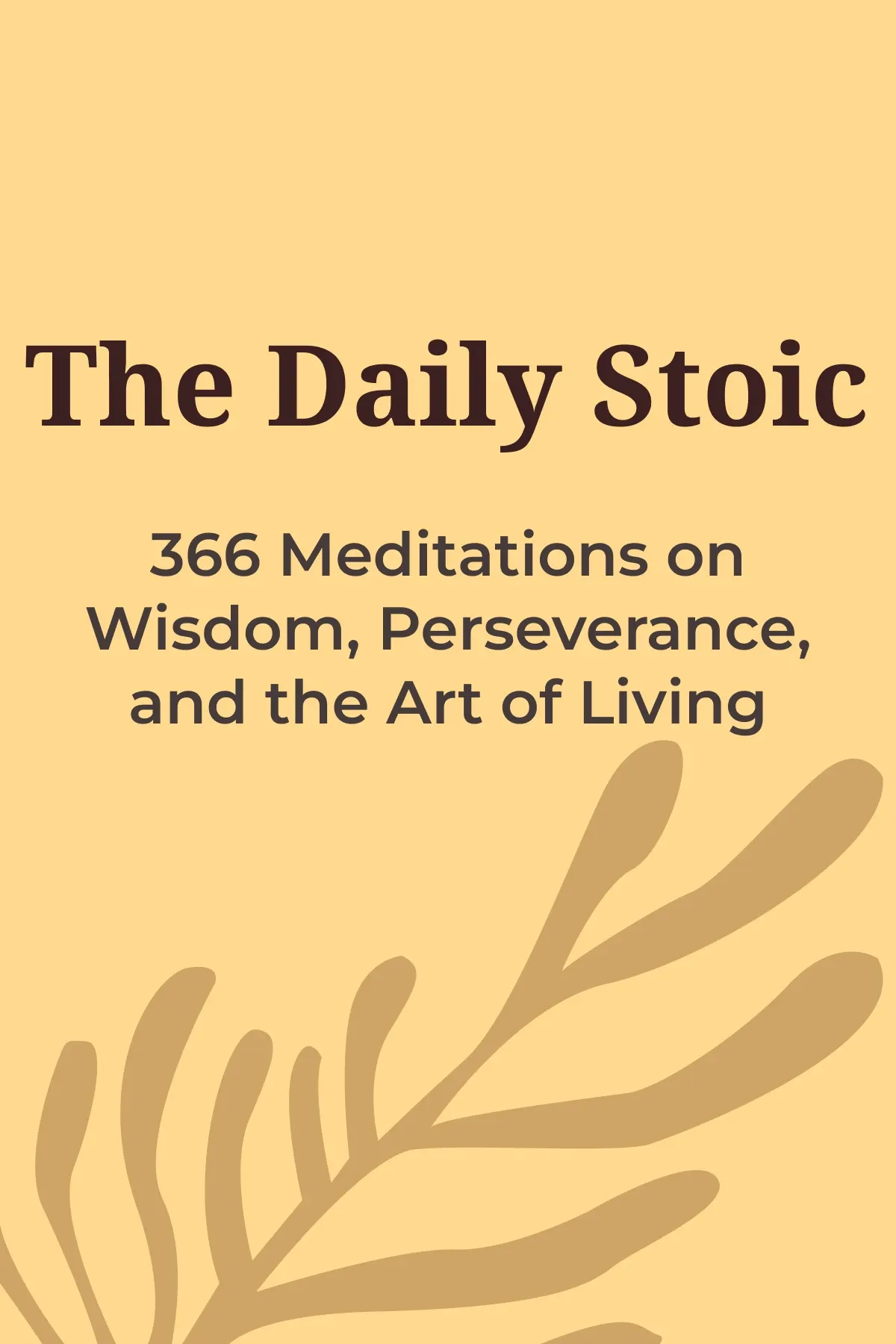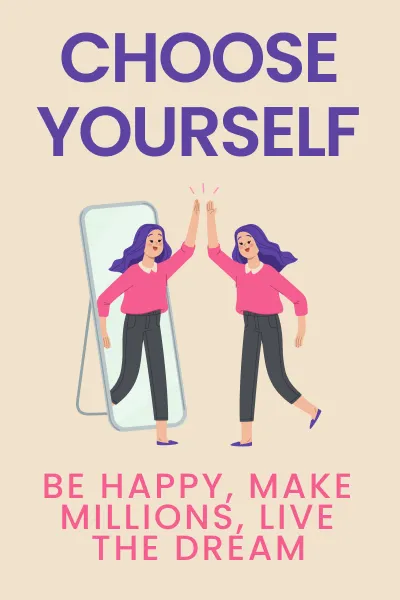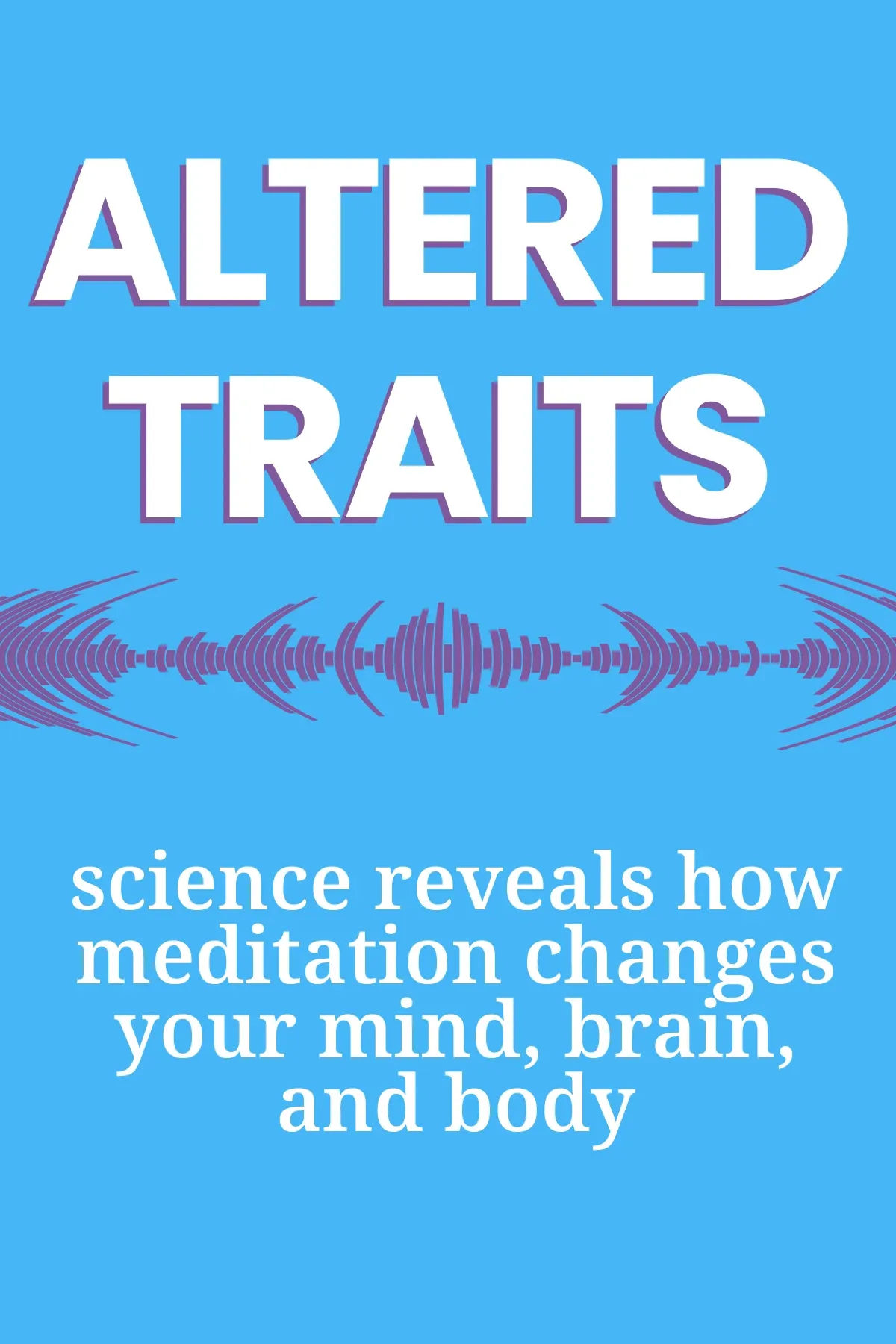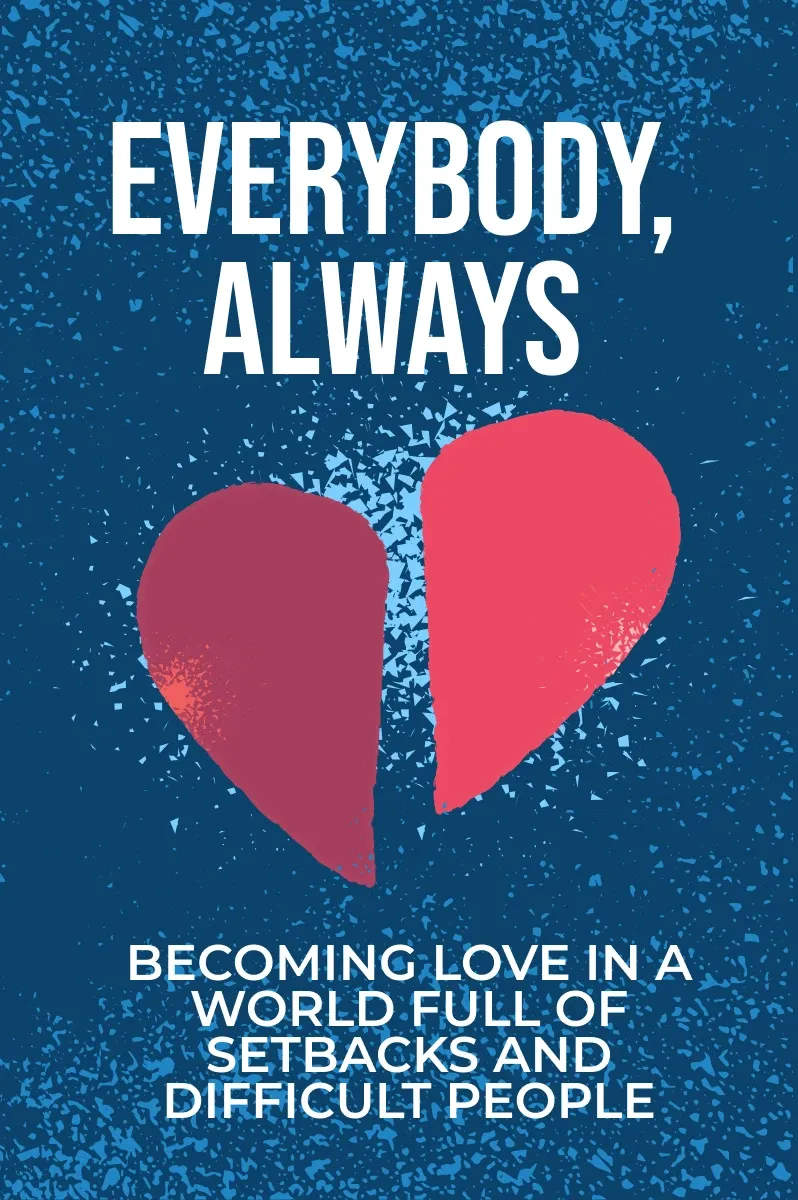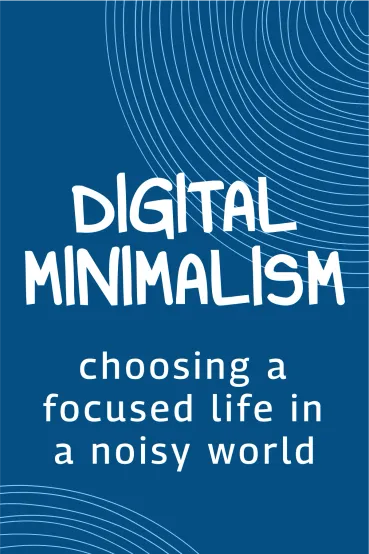
Digital Minimalism
Brief Summary
“Digital Minimalism” by Cal Newport sheds light on the destructive influence of digitalization on our lives. The book explains how we can be more in touch with the real world and get satisfaction from it using the philosophy of digital minimalism.
Topics
Key points
Key idea 1 of 7
In the modern world, almost everyone acknowledges the immense influence of digital technologies on their lives. Unfortunately, this impact isn't as positive as it might seem. In fact, tech companies create an addiction to digital screens. They invest substantial amounts of money to heighten our fascination with apps and gadgets. This manipulation is effective with many people.
Bill Maher once said, "The App Store wants your soul." For instance, Facebook initially aimed to deepen mutual understanding among people. Early users employed Facebook as a diversion rather than a tool to enhance their social lives. The same story applies to the iPhone. Steve Jobs initially conceived it as a channel for enjoying music and communication. However, contemporary digital technologies have transformed into agents of constant chaos and mental unrest. Texts, mobile internet access, and social media alerts dominate individuals' cognitive faculties.
New technologies have become a part of our lives, preventing us from questioning whether we need them. However, technology proponents are quick to highlight the societal benefits of social media. Platforms such as Facebook and Twitter serve as effective channels for tracking news and maintaining familial connections.
Even so, utility isn't the primary concern. People are worried about how social media infiltrates personal lives and manipulates emotions. Today, we spend more time engaging in virtual activities than the offline ones. While the benefits are clear, the risk of losing personal autonomy is significant.
Addiction extends beyond substances and gambling. The American Psychiatric Association recognized behavioral addiction as a legitimate condition. On the one hand, contemporary technologies are generating instances of moderate behavioral addiction. On the other hand, this phenomenon is not accidental. Two key components contribute to technology-induced behavioral addiction.
The first is intermittent positive reinforcement. It’s the repetitive engagement in an activity with the anticipation of an unpredictable reward that leads to addiction. This mirrors the situation when individuals share content on social media, seeking responses and "likes." Positive feedback triggers dopamine release, turning scrolling the feed into a habit.
The second is the craving for social validation. Humanity's tribal history emphasizes the desire for belonging. Social media's features are designed to exploit our need for approval. When messages or posts receive slow responses, it can make us feel left out.
FAQ
You may also like these summaries


